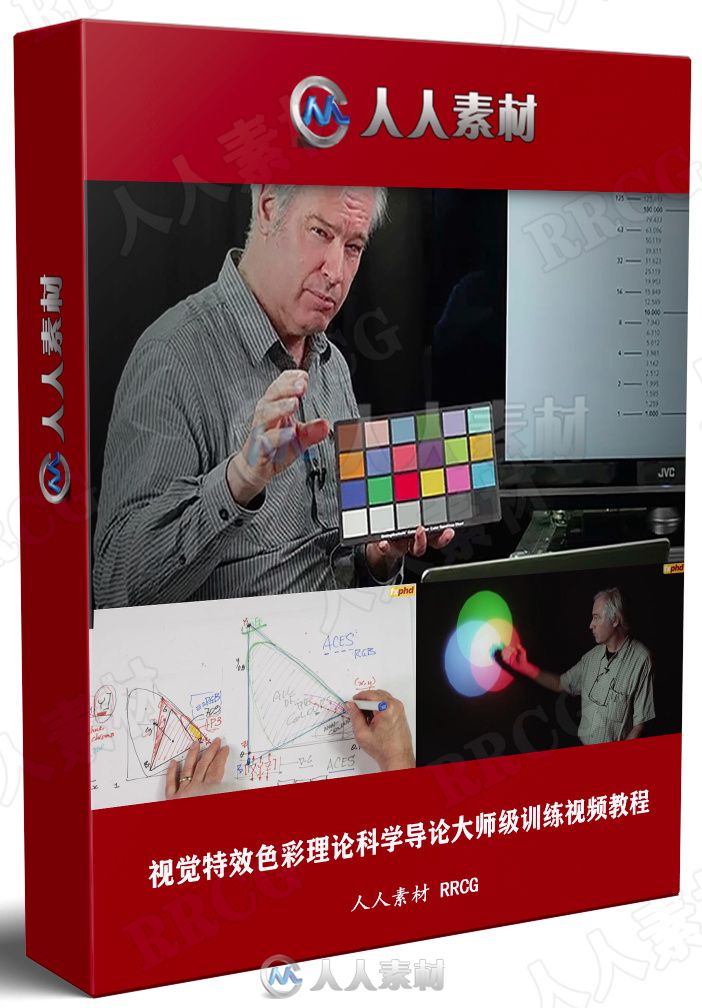
本教程是关于视觉特效色彩理论科学导论大师级训练视频教程,时长:5小时06分,大小:3.3 GB,MP4高清格式,使用软件:通用,作者:Christina Wu,共10个章节,语言:英语。RRCG分享
更多相关内容请关注:影视后期教程专区,中文字幕教程专区
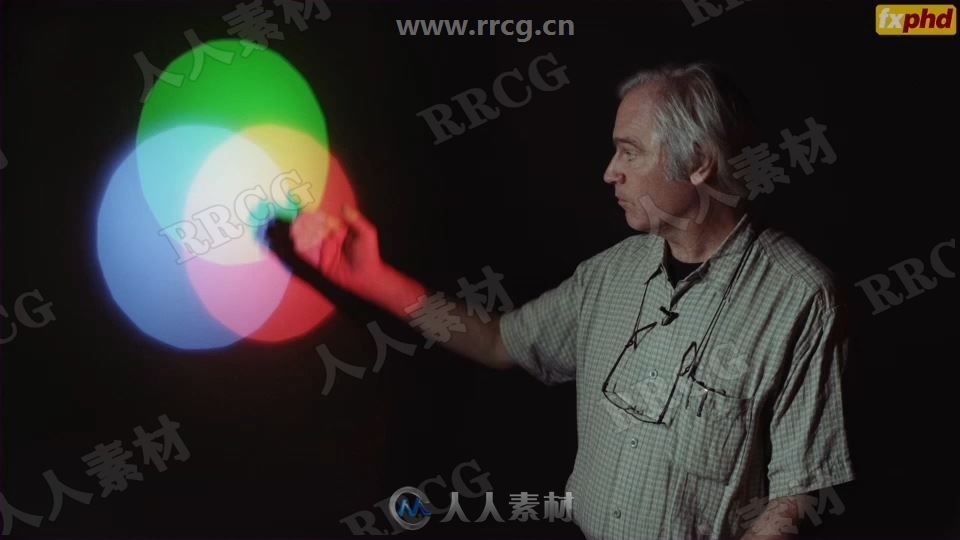
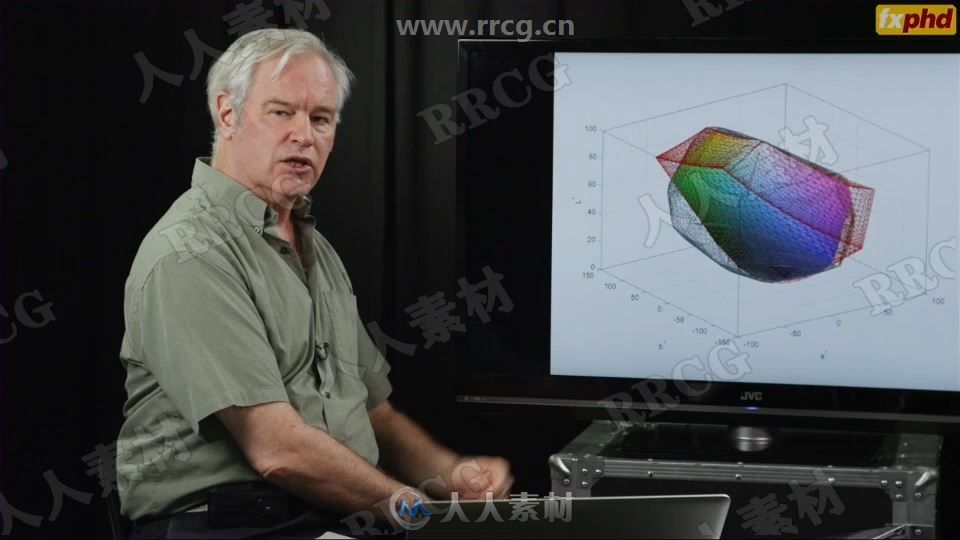

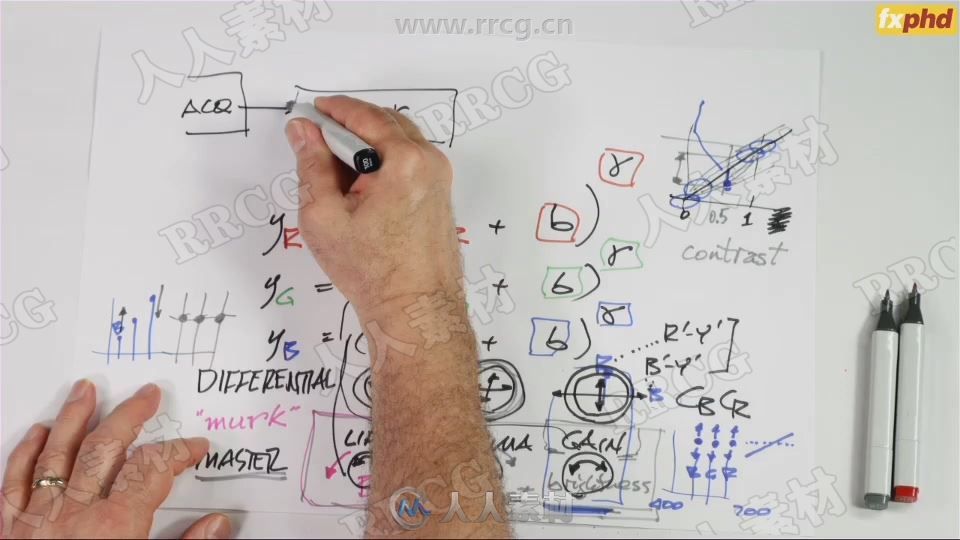
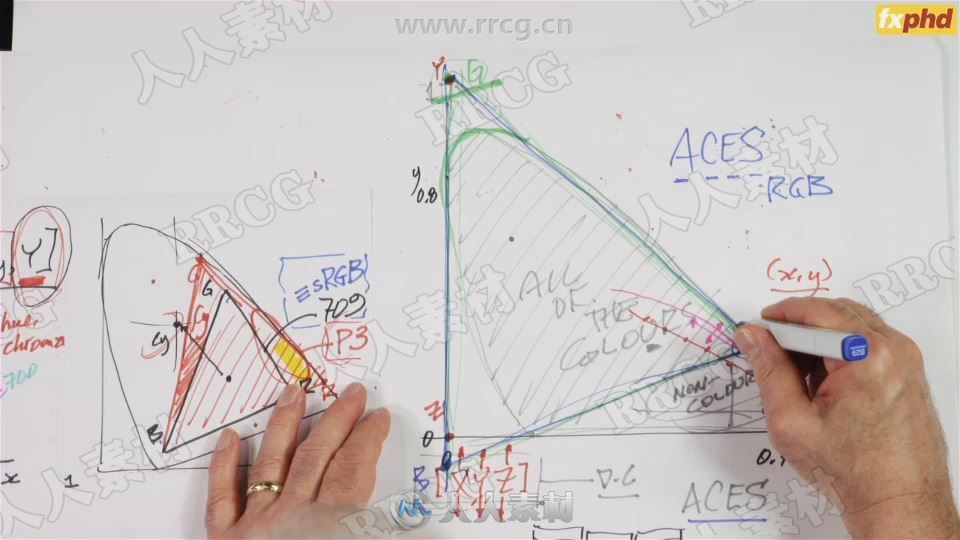
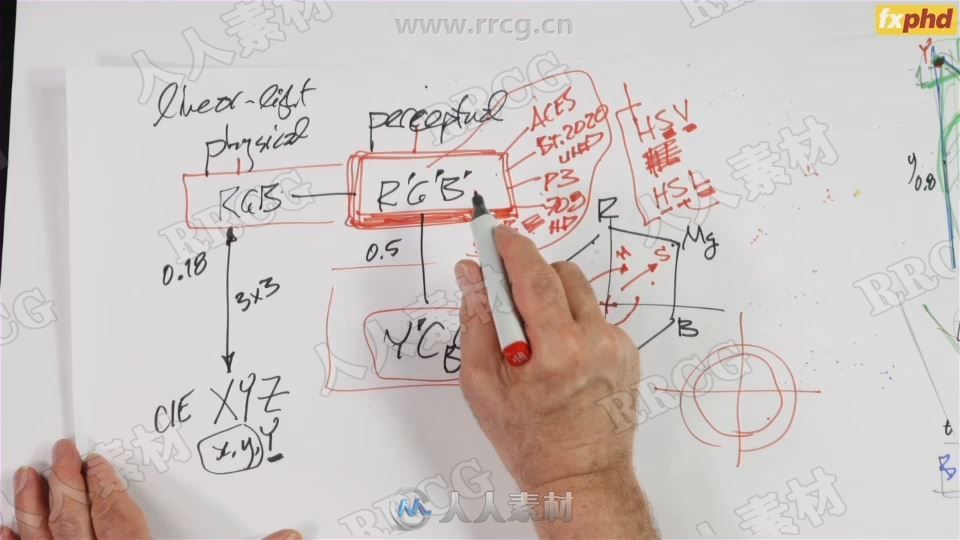
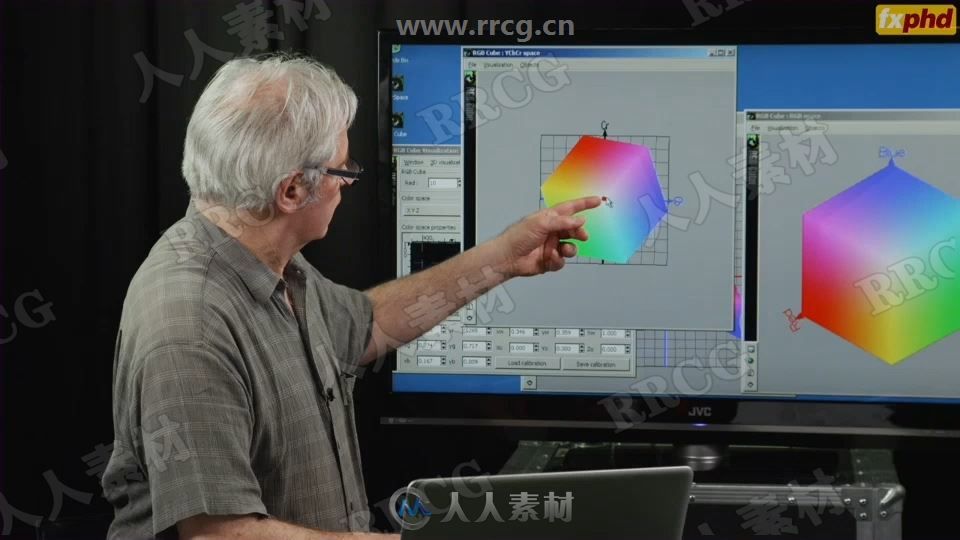

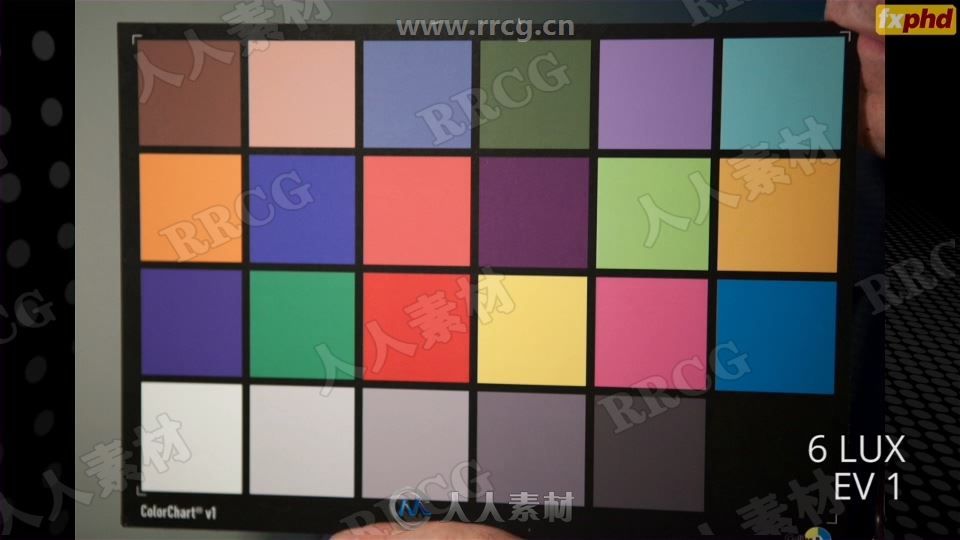
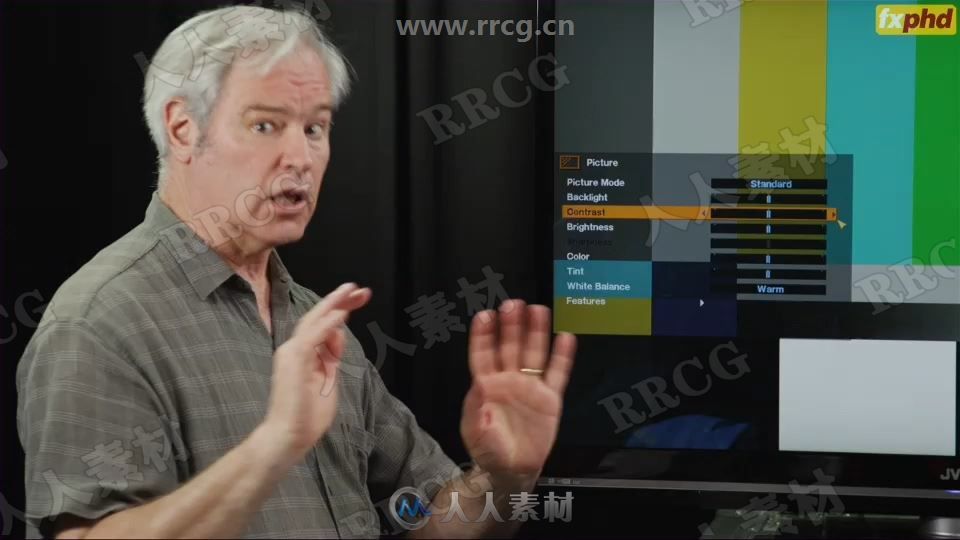
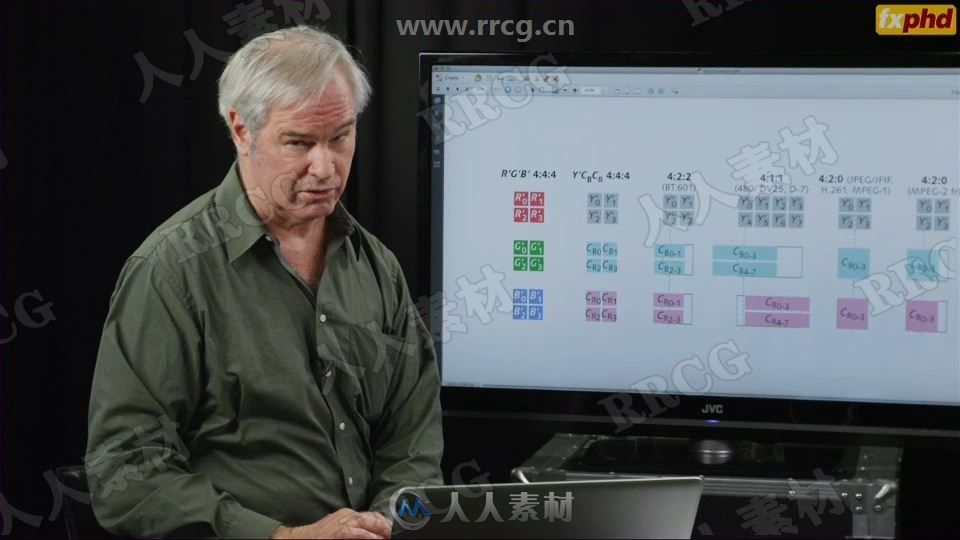
We are all involved with some part of the colour science pipeline as it spans filming to final display, and all the complex steps in between. This course offers a way of understanding and setting up a colour pipeline so what you see and film on set is what you see and enjoy on the final display. It will touch on filming, recording, editing and monitors. The focus is primarily on higher end digital HD including digital intermediates, grading and preparing for digital cinema. It covers more than just gear, it extends to how you see and perceive colour.
Taught by leading industry expert Charles Poynton, who literally wrote the book on the subject (several books actually), it assumes a working knowledge of the industry but not that you are a maths wizard. Charles has designed the course to be aimed at someone “whose main interest is not the maths,” with loads of helpful diagrams, graphs and examples to help participants quickly understand these key technical concepts.
This course is ideal for vfx compositors, TDs, editors, technical DOPs wanting to follow their work into post, or simply anyone in the production chain who wants to gain a solidunderstanding of colour science as applied to the pipeline.
Charles Poynton is a freelance color science expert specializing in the physics, mathematics, and the engineering of digital colour imaging systems, including digital still cameras, digital video, HD, VFX/CGI, digital cinema and digital intermediate (DI) systems. He was involved in engineering wide colour gamut systems, an expert in colorspaces such as DCI P3 RGB and Adobe RGB and about 20 years ago he was the guy who decided that HD should have square pixels (!) Charles has taught several more senior courses inside fxphd, but this course is designed for those who do not want the maths but do need to understand how a colour pipeline works.
CLASS 1: IMAGE MATRIX
Getting the best images has to start with the camera and how the camera sensor deals with the images presented by your choice of lens. While we think the sensor records a full RGB image it really does not – it records some light levels and then this is interpreted by the camera’s electronics. Charles explains what an image matrix is and how to acquire colour information at the camera sensor. He also demonstrates additive colour mixing.
CLASS 2: LIGHTNESS, COLOUR AND VIDEO TERMINOLOGIES
Being able to work successfully and produce accurate and predictable color science requires first and foremost knowing what all the key terms mean. In this class Charles demonstrates subtractive colour mixing and the ‘gamut’ of CMY colour space. Charles clarifies a bunch of common lightness, colour and video terminologies so you have the tools to build your own correct colour pipeline.
CLASS 3: 18 PERCENT GREY, THE ‘CODE 100’ PROBLEM
Have you ever wondered why an 18% grey patch looks actually mid grey, or exactly how very simple operations such as contrast work? In this class you will learn the theory behind 18 percent grey, the ‘code 100’ problem. You will also learn the use of different gamma settings and the confusion over brightness and contrast settings.
CLASS 4: DISPLAY AND ITS VIEWING ENVIRONMENT
Colour science is not something that happens in the vacuum of a theoretical computer. In reality your working and display environment is key. In this class we look at the relationship between your display and its viewing environment, plus some common terms of image control and what they really mean. Charles also explores the technical parameters of RGB colour space and how the pixel values map to luminance at the display. We also look at how modern HD cameras maps tristimulus (or colorimeter) values into video signal levels and some of the common adjustments you can make in the camera.
CLASS 5: RGB COLOUR TRANSFORMED INTO YCBCR COLOUR
The easiest colour space to understand is normally just a variant of RGB colour, but we will need to be able to understand moving between colour spaces and what the pitfalls are. This class you will learn how RGB colour space is transformed into YCbCr colour space, and the different flavours of colour “sub-sampling” are explained.
CLASS 6: COLOUR GRADING
Nothing is more important to the emotion of a scene than its colour grading. Over the last decade colour grading has become more prevalent and more vital to understand, so much so that this class is completely devoted to Charles explaining the theory behind colour grading.
CLASS 7: BT709 STANDARD
更多相关内容请关注:影视后期教程专区,中文字幕教程专区
|






 /2
/2 